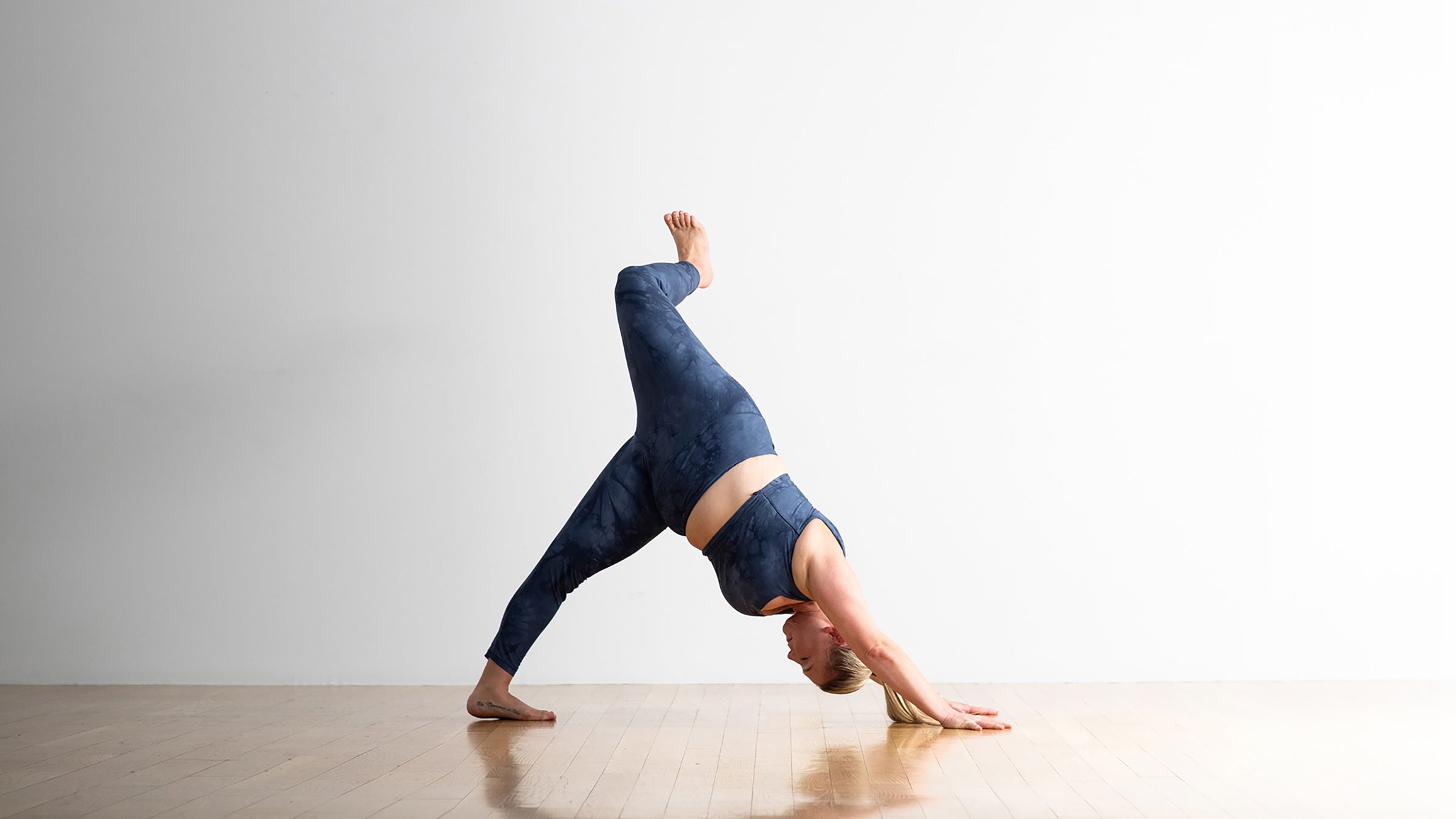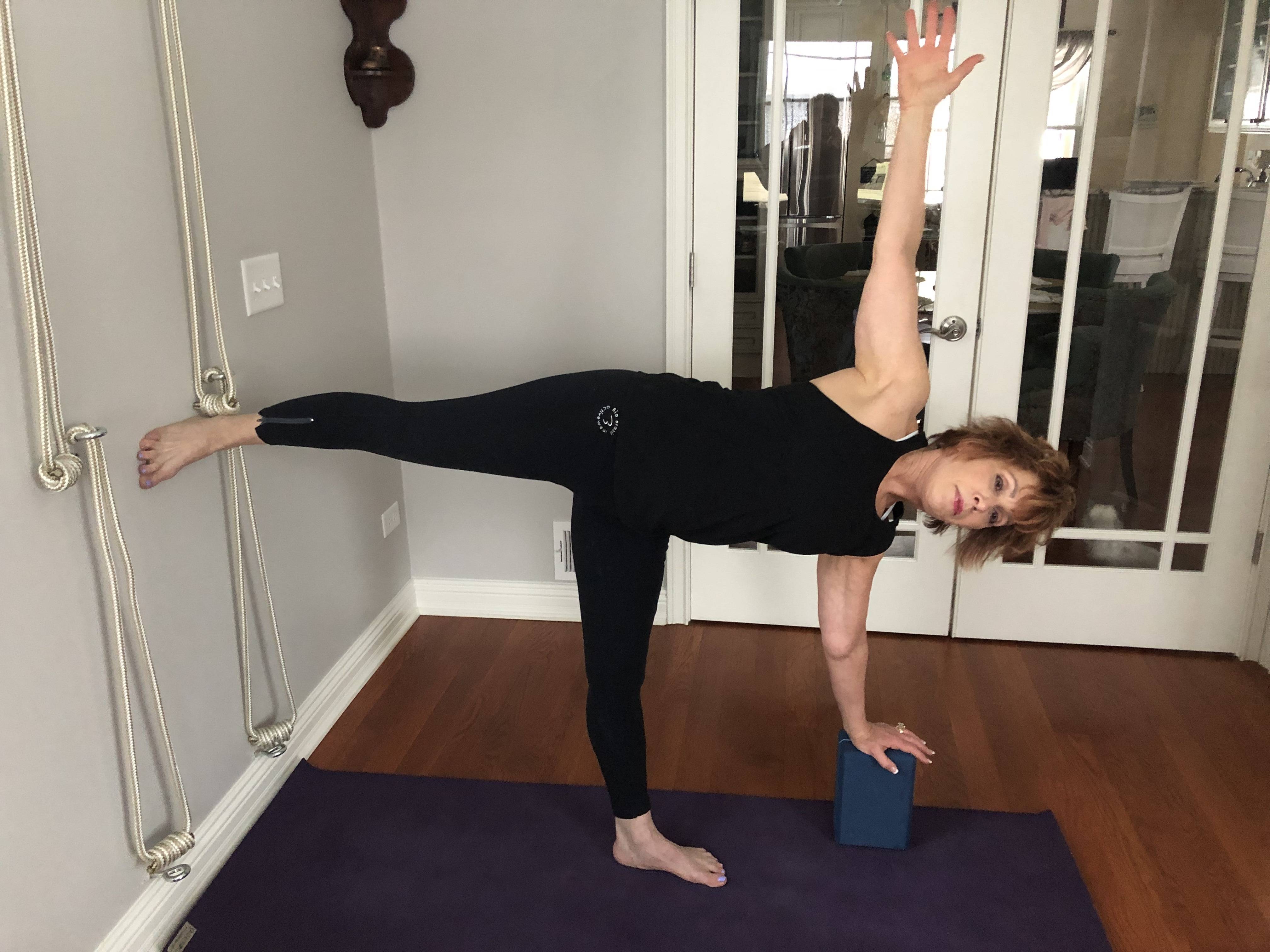
Vajrasana or Thunderbolt Pose is a hatha yoga asana that involves kneeling. The ancient texts describe several variations of the pose. This article focuses on the regular version, Supta Vajrasana. It also describes some of the preparatory poses for this pose.
Supta Vrajrasana
Supta Vajrasansana, also called the reclined diamond pose, is an excellent exercise to improve your circulation and relieve abdominal and pelvic pain. This pose requires you to bend backwards at the waist, with your arms supporting your upper bodies. Close your eyes, relax and hold the pose for up to 3 minutes.
To do this pose, bend your back so that your head is towards your sacrum. The head will now be closer to your pelvis. Next, rotate your thighbones by moving your knees toward each other. Once you've reached this point, counter-nut your sacrum to return to neutral sitting.
Regular Vajrasana
Vajrasana is a great way to strengthen your lower back muscles and improve joint mobility. It is also good for digestive problems. It strengthens your hips and legs, and improves your waist alignment. It also strengthens the sex and tones your lower body.

To perform this pose, the yogi begins by bending backwards and placing his or her hands on the floor. Next, the yogi will arch their neck and spine. This is a good position for back pain. But you should be flexible in order to get the most out of it.
Vajrasana prep poses
It is a good idea for you to practice preparatory poses before you try Vajrasana. These will help to strengthen your muscles and prevent you from getting injured. Focus on relaxing your spine and shoulders while performing preparatory postures. For the preparation of the pose, you can practice bending your knees, sitting down on your buttocks and locking your big toes.
Performing Preparatory poses for Vajraasana will help you to open up your chest and legs. This will allow you to hold the pose for longer and gain additional benefits. By practicing this pose you can improve your digestion and redirect your blood flow towards your pelvic region.
Vajrasana's Benefits
Vajrasana refers to a yoga pose that allows the shoulders, hips, legs and hips to open. This asana helps to prevent certain types rheumatic illnesses. This pose can be used as a preparation for pranayama (breathing exercises). It is important to seek medical advice before you attempt this asana.
Vajrasana improves blood circulation throughout the body and boosts the metabolism. It can also increase energy and aid in weight loss. In women, it helps with the relief of menstrual cramps, as it increases the circulation of blood in the pelvic area. This asana may also be beneficial for men, since it reduces abdominal fat. Vajrasana should not be used by pregnant women or people who have back problems.

Vajrasana can be performed at any time
It is important to perform Vajrasana correctly. With your legs bent on the floor and your hips resting on them, sit down on the surface. Then, you should roll your shoulders and elbows back, touching your big toes in the back. You should take deep, slow breaths while you are in this position. You should also ensure that your head stays up and your posture is not too rigid.
Timing is another important consideration. It is best to do the asana right after eating. This will encourage better digestion and lower blood flow to the lower part of the body. This pose can also be performed while performing pranayamas.
FAQ
What foods should I avoid after practicing yoga?
You may experience a decrease in energy levels if you avoid certain foods. You may feel bloated and have stomach cramps. You may feel tired after practicing.
How does yoga change your body?
Yoga can help you relax and stretch. It can also make you feel great. This is because yoga increases flexibility, strength and decreases stress. This can lead to improved sleep quality, better concentration, and higher energy levels.
Yoga can also increase blood flow, which will make you less susceptible to getting the flu. This is because you can breathe deeply while doing yoga, which increases the oxygen reach your brain.
Yoga can relieve tension and pain. The postures help strengthen muscles and joints and improve posture.
To keep your body and mind healthy and happy, you should regularly practice yoga.
How long does it take you to learn Yoga?
You must learn how to do yoga correctly, just like any other skill. But once you've learned basic positions, you'll be able to practice yoga at home without much trouble.
Warm ups should take between 20-30 mins to get you started. After that, take 5-10 minutes to warm up and do some simple stretches. Move on to more challenging poses.
Once you've mastered the basics, you can move on to intermediate classes, where you'll learn more advanced moves. If you are just starting yoga, you might begin with basic poses such as the Tree (Vrksasana), and Mountain (Tadasana) standing poses.
Statistics
- According to calorie estimates calculated at Harvard Medical School, the average 125-pound person burns about 120 calories in a half hour of hatha yoga, and a 185-pound person burns about 178 calories in that half hour. (everydayhealth.com)
- A 2020 review of 27 studies (1,805 total participants) of yoga interventions in children or adolescents found reductions in anxiety or depression in 70 percent of the studies, with more promising results for anxiety. (nccih.nih.gov)
- In comparison, a 125-pound person is estimated to burn 135 calories in 30 minutes of walking (at a pace of 15-minute miles) and 210 calories bicycling at a moderate pace on a stationary bike. (everydayhealth.com)
- Gentle yoga has been shown to ease some of the discomforts of tender, swollen joints for people with arthritis, according to a Johns Hopkins review of 11 recent studies. (hopkinsmedicine.org)
- About one in seven U.S. adults practiced yoga in the past 12 months, according to a 2017 national survey. (nccih.nih.gov)
External Links
How To
Does yoga have any effect on menopause symptoms
Yoga is an ancient tradition that originated from India. It emphasizes stretching, breathing, and meditation. It has been used over thousands of year to stay fit. It has been increasingly popular in recent years as people look for alternative ways to stay healthy and active during times of stress or illness.
Yoga is based on the use of physical postures (asanas), that stretch muscles, improve posture, and increase flexibility. This can help relieve tension, increase strength, and endurance.
There are many kinds of yoga. Each type focuses only on certain aspects of your body, like breathing, stretching, and relaxation.
All forms of yoga have the same goal: to restore balance within the body as well as the mind. Yoga can improve your fitness, sleep quality, weight loss and energy levels as well as reduce stress levels.
Many studies have shown yoga to be effective in treating anxiety, depression and insomnia. It isn't clear if yoga can be used to treat other health issues, such as symptoms related to menopause.
Yoga is a way to feel happier and healthier.
Important to remember that yoga can cause muscle pain after exercise. Therefore, it is advisable to start with a low intensity level. If you have concerns about your current condition or are unsure whether you would benefit from yoga, speak to your doctor before starting.